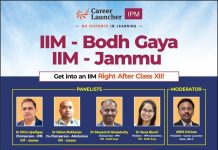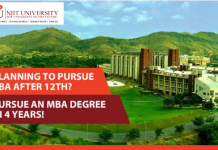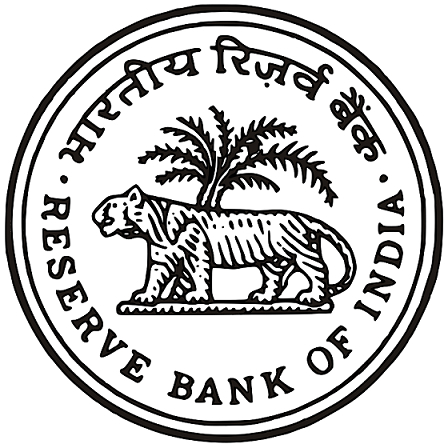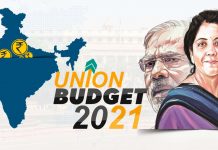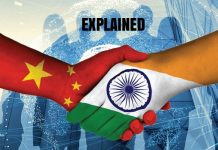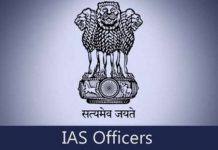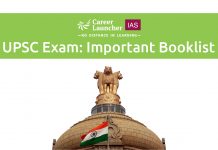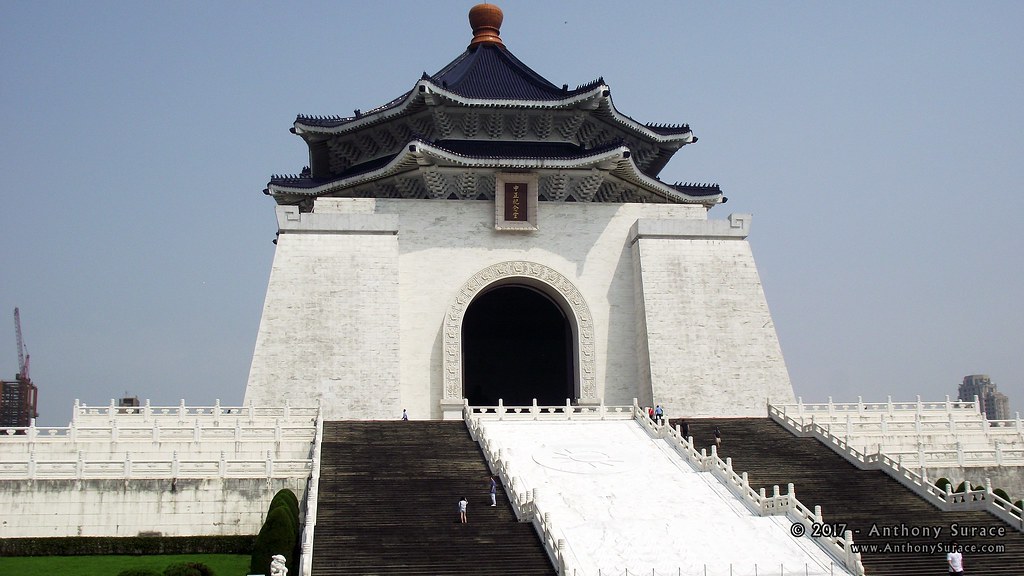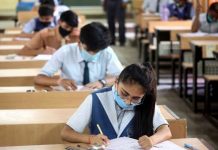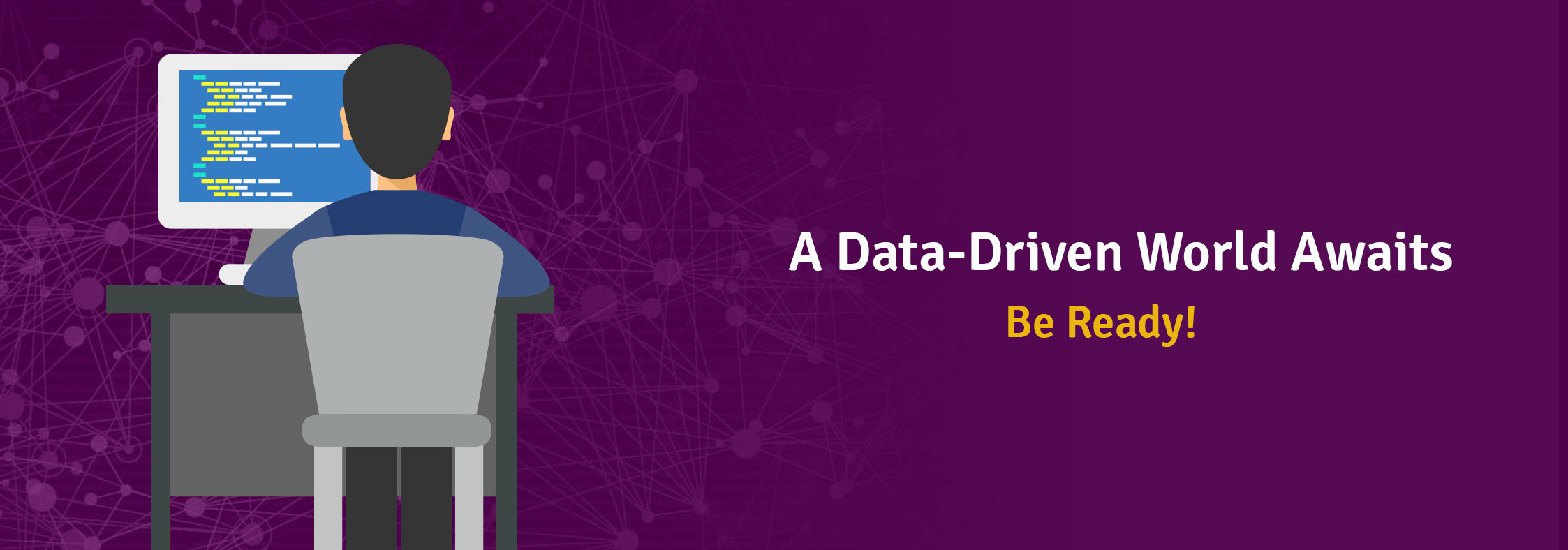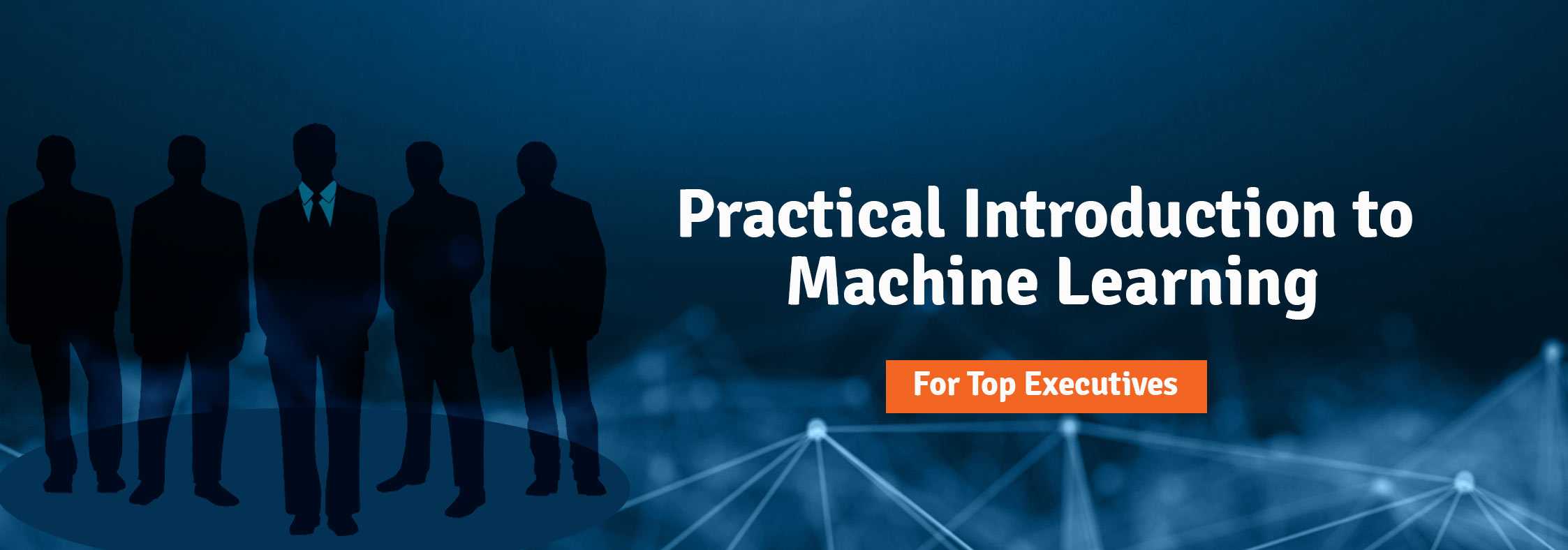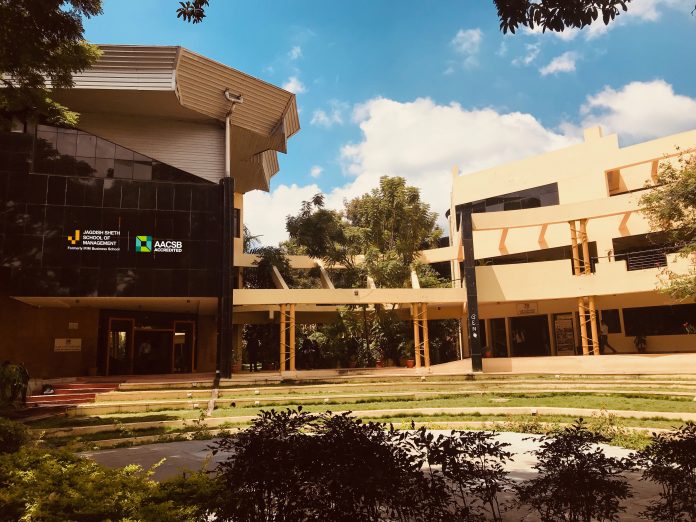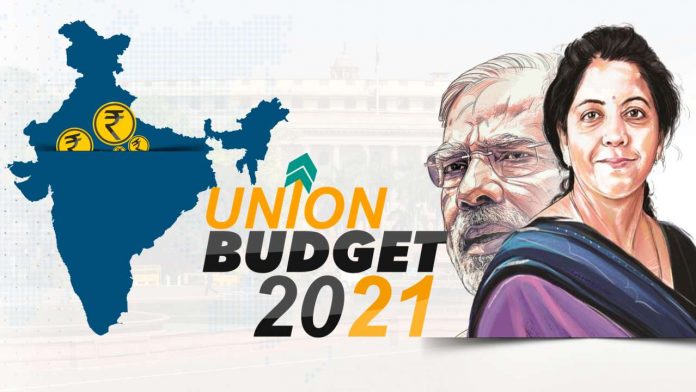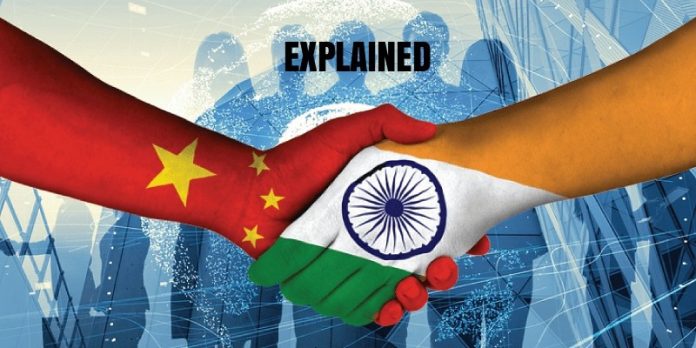National Institute of Industrial Engineering (NITIE) was established in 1963 by the Ministry of Education, Government of India. NITIE is a renowned top Indian school for operations and supply chain management. NITIE has reached new heights under the vision and leadership of its Chairman Mr. Shashi Kiran Shetty and Director Prof. Manoj Kumar Tiwari.
NITIE being located in the picturesque surroundings of north Mumbai and flanked by Powai and Vihar lakes provides an ideal ambience for academic pursuit. NITIE has always been at the forefront when it comes to Education, Research, and development initiatives. It is considered to be a preferred destination for the creme de la creme of the industry with a phenomenal record of placements. As only engineers are eligible to pursue their management education at NITIE, hence the college produces a unique blend of techno-managers who have the right amount of technical knowledge and problem-solving attributes and shaped into brilliant managers by the thoroughly knowledgeable pedagogy that NITIE possesses. Thus goes the saying at NITIE – “Shaping First class Engineers to World-Class Managers”.
Academics at NITIE consumes a greater chunk of time during one’s programme, but the growth and learning doesn’t stop within the classrooms. It goes further on. Life at NITIE is a melting pot of knowledge and vulnerability offering the opportunity for growth at every step taken inside the campus. At the campus, students will be exposed to various clubs and committees such as Maha Mandi- a socio-marketing activity organised by Marketing Interest Group of NITIE. Then there are Entrepreneurship Development Programme, a part of the programme, where students are asked to develop and launch their own venture, operate and manage them. Apart from these, the institute hosts plenty of Industry interactions that take place throughout the year. NITIE interacts with industry in numerous ways including B-gyaan, Prerana Business Meet and Lakhsya Business Visionary Awards among others. Keeping in mind the latest industry trends, NITIE is providing all of its students an exposure to analytical courses, Industry 4.0, Python, AI & ML courses.
NITIE offers one of the best ROIs (be it any course on campus) when it is compared to a variety of elite B-Schools across the country. With an affordable and manageable fee structure, Students don’t have to start the course by burning a large hole in their pockets and also have the assurance of landing up good roles with decent pay packages.
High Quality B-school faculty is another factor responsible for attracting management aspirants to its habitat. NITIE has some of the leading internal and international faculty members. Faculty at NITIE are on par with leading B-schools such as the IIMs. From day 1 students will witness the friendly, yet professional behaviour of professors who they can catch hold of any time of the day. Being a top management institute, NITIE attracts foreign faculty exchange from Columbia University, New York, U.S Consulate General, University of Houston and University of Pittsburgh, USA among others. During the campus life at NITIE, students will have the opportunity to take part in student exchange programme and learn from exchange faculty members.
It is the nights which are even more eventful because everything awesome happens here after the sun sets and the beautiful NITIE Sarovar (our own beautiful pond) starts reflecting the lights of the buildings and the shine of the stars. Late night studies, case discussions, competitions, those 11:59 assignment submissions, the cravings for stuffed Paranthe and Maggi at Bru cafe and the sound of laughter from distant corners make you believe that this is just the right place to learn and excel – as a person and as a professional.
NITIE has had an immensely successful placements season for the batch of 2018-2020, seeing participation from 121 recruiters. NITIE has a 100% placement record spread across Operations & Supply Chain, IT, manufacturing, banking, finance, retail/e-commerce.
31.4% percent of the Class of 2020 received pre-placement offers and pre-placement interviews through their summer internships at top corporate companies.
The season saw the return of regular recruiters like Amazon, Deloitte, Flipkart, HUL, ITC, Johnson & Johnson, McKinsey, Nestle, P&G, Philips, PwC US Advisory, Walmart to name a few. NITIE remained a preferred destination for the recruiters.
Highest salary offered in NITIE Mumbai is INR 58.24 lakhs per annum. The average salary offered was INR 20.88 lakhs per annum, whereas the average salary for top 10% of the batch was INR 36.80 lakhs per annum.







